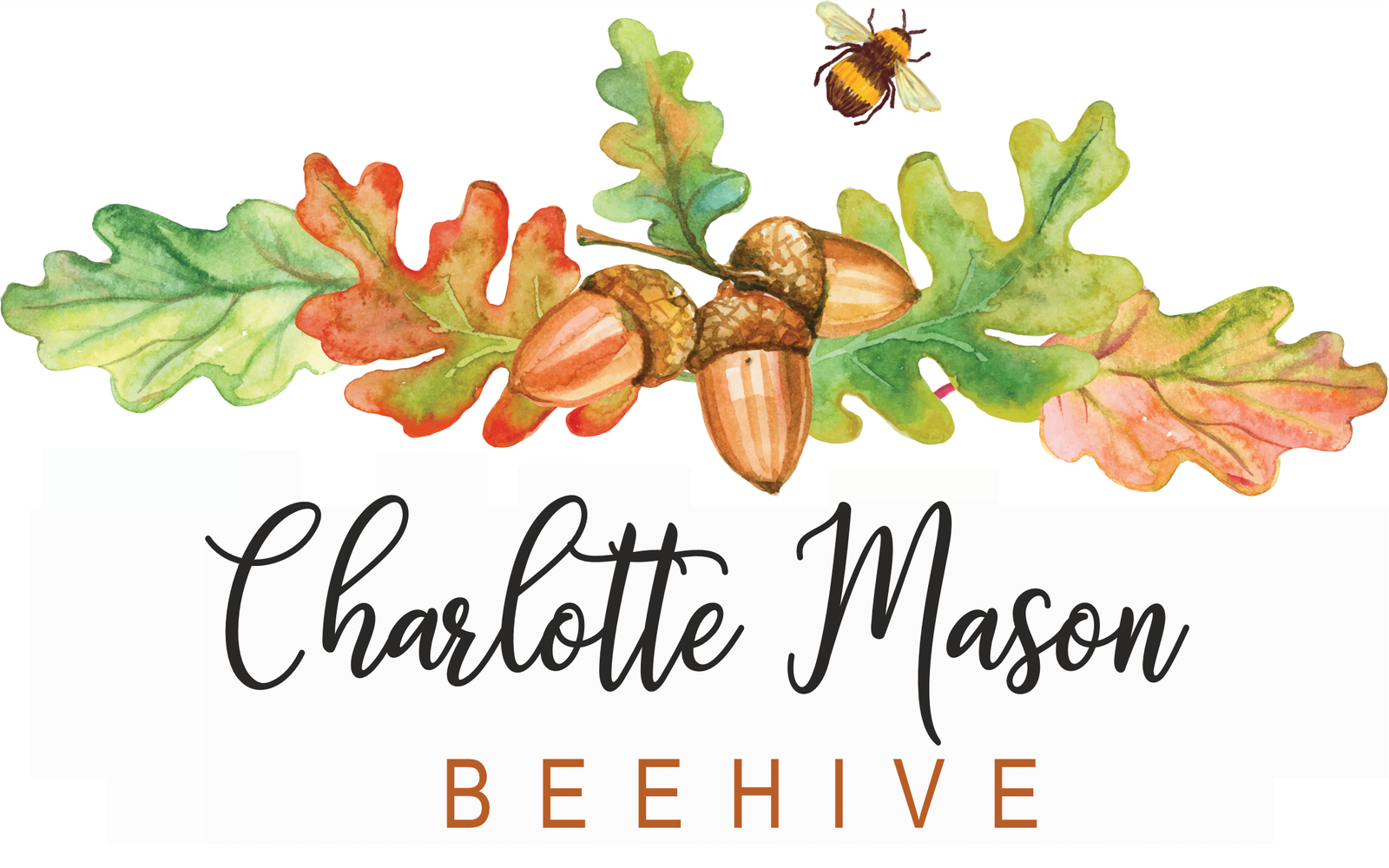Tales: Form I A&B

Except in Form I the study of Literature goes pari passu with that of History.
[Vol. VI, p. 180]
In Form I, Literature is known as ‘Tales’, and is a gentle introduction to the art of reading and narration which will form a large part of school lessons.
Scheduling
2 × 20 minute lessons to equal 40 minutes per week.
Form IB
Fairy tales, (Andersen or Grimm, for example), delight Form lB, and the little people re-tell these tales copiously, vividly, and with the astonishing exactness we may expect when we remember how seriously annoyed they are with the story-teller who alters a phrase or a circumstance. Aesop’s Fables, too, are used with great success, and are rendered, after being once heard, with brevity and point, and children readily appropriate the moral […] There is no attempt to reduce the work of this form, or any other, to a supposed ‘child level.’
[Vol. VI, p. 180]
Books Assigned
In Form IB the students begin by having simple fairy tales and fables read to them, which they are then required to narrate back to the teacher / parent. The programmes laid this out in the following way:
(a) A Book of Fairy Tales
Every term the students of Form IB were assigned three fairy tales, specifically either from The Grimm Brothers, or Hans Christen Andersen.
(b) Aesop’s Fables
The students were assigned three fables from Aesop’s Fables. The moral sometimes inserted at the end of the fables would not be read to the child. [Aesop’s Fables are often very short and will not take up a whole twenty minute lesson. The time left over after the narration can be offered to the child as a natural reward for completing their work in good time].
Other books which were mentioned just once on the programmes for Form IB Tales were The Fairy Ring, Book VI, and Kipling’s Just So Stories.
Form IA
Form IA (7 to 9) hears and tells chapter by chapter The Pilgrim’s Progress and the children’s narrations are delightful. No beautiful thought or bold figure escapes them. Andrew Lang’s Tales of Troy and Greece, a big volume, is a piece de resistance going on from term to term. The great tales of the heroic age find their way to children’s hearts. They conceive vividly and tell eagerly, and the difficult classical names instead of being a stumbling-block are a delight […] it is necessary that two years should be spent in Form IA and that in the second of these two years the children should read a good deal of the set work for themselves.
[Vol. VI, pp. 180-1182]
The books assigned in Form IA were a step up from the fairy tales and fables introduced in IB, but as before there were two main set texts assigned each year.
(a) Pilgrim’s Progress
Each year without fail Mason assigned The Pilgrim’s Progress, by John Bunyan, published by The Religious Tract Society, in Form IA. Both the First and Second Part of the story were assigned and were read over the entire two years of the form. The readings were broken down term-by-term as follows:

(b) Mythology
The second book assigned to the students in Form IA was always a book on Mythology. This was almost always Tales of Troy and Greece, by Andrew Lang, published by Longmans. [Another book that appeared on the programmes a few times was Lamb’s Adventures of Ulysses]. The readings amounted to between 44-52 pages per term (around 4-5 pages per lesson)i and were generally broken down as below:

Printables
Footnotes
i Based on one lesson a week over an eleven week term (the twelfth week being reserved for exams)
